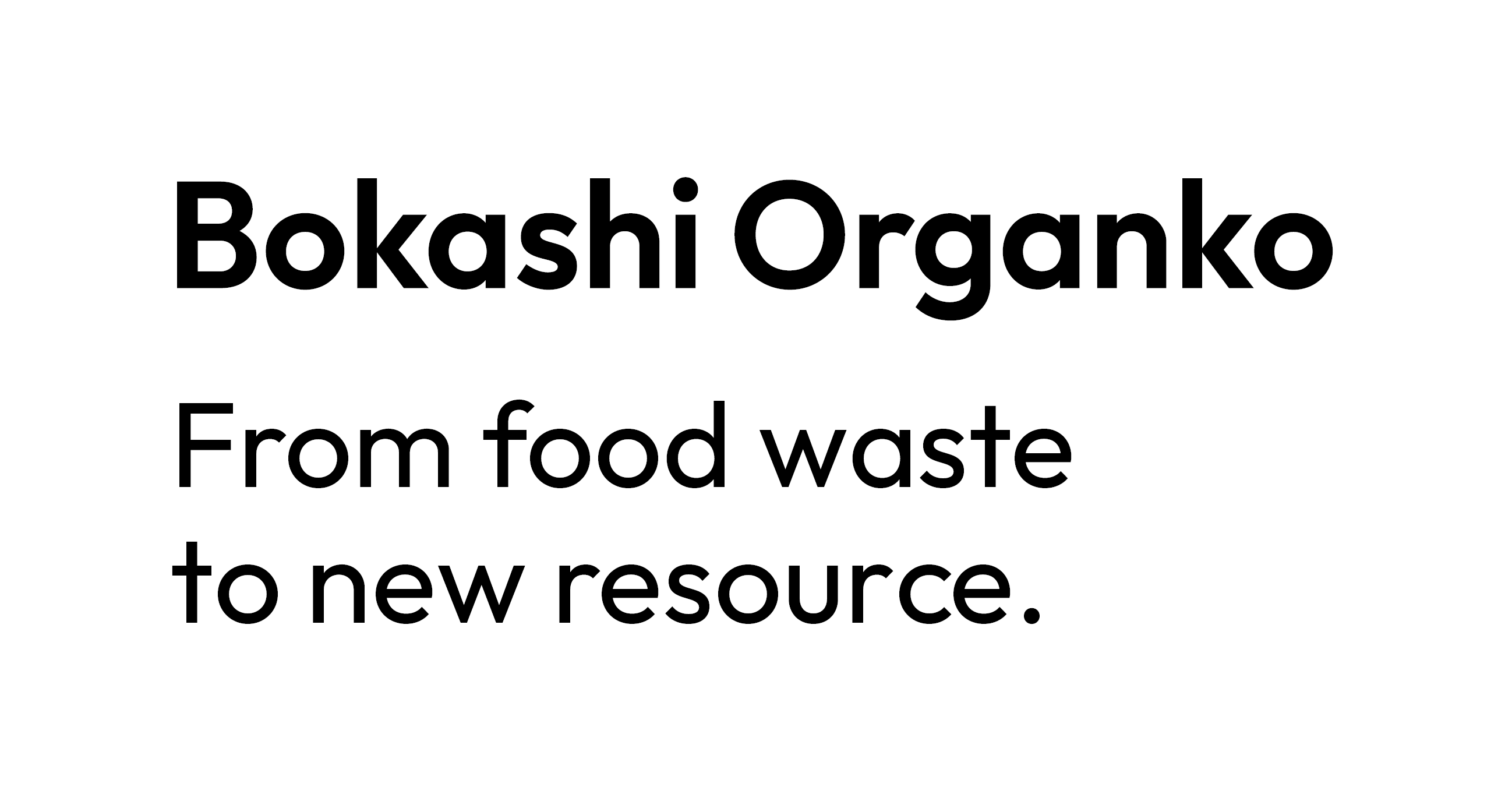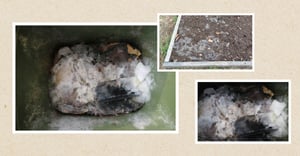This article is a must-read for every existing and future compost owner. With the information obtained herein, you’ll know how to handle fungus in compost. More importantly, you’ll learn that not all fungi or mold is the same. Furthermore, you’ll also discover that when using bokashi composting, you can easily prevent fungus in compost from appearing in the first place. Nonetheless, please keep in mind that our focus will be on bokashi composting herein; however, very similar guidelines apply to regular composting.
All you need to know about fungus in compost
If you are familiar with organisms involved in composting, you know that fungi and thus mold (a kind of fungi) are an important part of level 1 decomposers. As such, certain kinds of fungi are a good sign. So, which fungus in compost is a good sign and which is a bad one? This brings us to the white vs. dark mold comparison.
Fungus in compost - white vs. dark mold
Dark mold is something you don’t want in your compost nor in your bokashi fermentation bin. As such, it is an indication that the decomposition is not going as it should. On the other hand, if a fungus in compost is white, you don’t need to worry at all. How come? Well, the nature of white mold in compost is beneficial. It is just a particular type of effective microorganisms (EM). Hence, it is not a reason to panic when or if it appears.
Moreover, white mold in compost can actually be considered as an indicator that decomposition is going down the right path. However, it is also important to note that white fungus in compost (bokashi method) is by no means a must. Moving forward, to make things even clearer, let’s answer some common questions regarding each of the two types of fungus in compost.
Dark fungus in compost
What is the meaning of a dark fungus in compost? If you see a dark fungus in compost, it means that something went wrong. In the case of bokashi composting, it typically means one of the three things:
- You didn't ensure airtight conditions.
- You added too little bokashi bran or added it irregularly.
- You neglected to drain bokashi liquid regularly.
What to do if a dark fungus appears in your bokashi bin? First, make sure not to worry; this happens often to composting newbies. Then, empty the content of your composter in your garden, add an equal amount (as there is waste) of bokashi bran, and cover it with soil. After 4 weeks, it will be ready for use in your garden.
How to prevent a dark fungus in compost? In order to prevent a dark fungus in compost, makes sure to ensure airtight conditions:
- Add a proper amount of bokashi bran on top of every waste batch.
- Drain bokashi liquid regularly (approx. every 3-4 days).
When it comes to maximum ease of use, a proper bokashi bin makes all the difference. Hence, just by using a high-quality bokashi composter, you ensure airtightness and ease of bokashi juice removal.
.jpg?width=2500&name=Blak%20mold%20is%20an%20indication%20that%20the%20decomposition%20is%20not%20going%20as%20it%20should%20(2).jpg) White fungus in compost
White fungus in compost
What is the meaning of a white fungus in compost? At this point, you know that white fungus in compost is not a bad sign. Moreover, in a way it can actually be a good sign. In the case of bokashi composting it tells you that there’s a bit higher concentration of air than optimal; however, it also reassures you that the decomposition is going down the life-promoting path.
When does white fungus appear? White mold tends to show up when you fill the composting bin very slowly or if there is a lot of air in it.
What to do if a white fungus appears in your bokashi bin? First, remind yourself that white mold is not harmful. This will prevent you from worrying. Moreover, if the white fungus bothers you, pour bokashi bran on top of it and cover it with a piece of thick paper.
How to prevent a white fungus in compost? Unlike the dark fungus, the white fungus is trickier to prevent (luckily, it is not problematic). However, again by using a proper indoor composter, you will be able to ensure airtight conditions easily. By doing so, you will reduce the chance of white mold appearing. Furthermore, it can also help if you open your Bokashi Organko less frequently. The latter can be easily reduced to once per day when you equip yourself with Organko Daily (the ultimate kitchen food waste bin).
Parting Thoughts
The key takeaway from today’s article is the fact that not all fungus in compost is bad. As such, you should follow proper guidelines to prevent dark mold from growing. However, if you see white fungus, there’s no reason to worry. Moreover, while the latter will be almost impossible to avoid with aerobic composting, it can be avoided with bokashi composting. Furthermore, aside from choosing the right kind of indoor composting bin, it is also important to know what kind of organic waste is suitable for your compost. If you’ve been asking yourself “can I compost this food?”, we have an A to Z list of food scrap to assist you.
Nonetheless, let’s point out that moldy fruits and veggies can be disposed of in a composter. However, when it comes to certain organic materials, there are some limitations. Though, with the bokashi method, you can properly manage most kitchen waste, including animal products, meat, and bones. Hence, bokashi composting is more practical (especially for indoor use), environmentally friendlier (no CO2), and more efficient (way less sensitive to C:N ratio).


